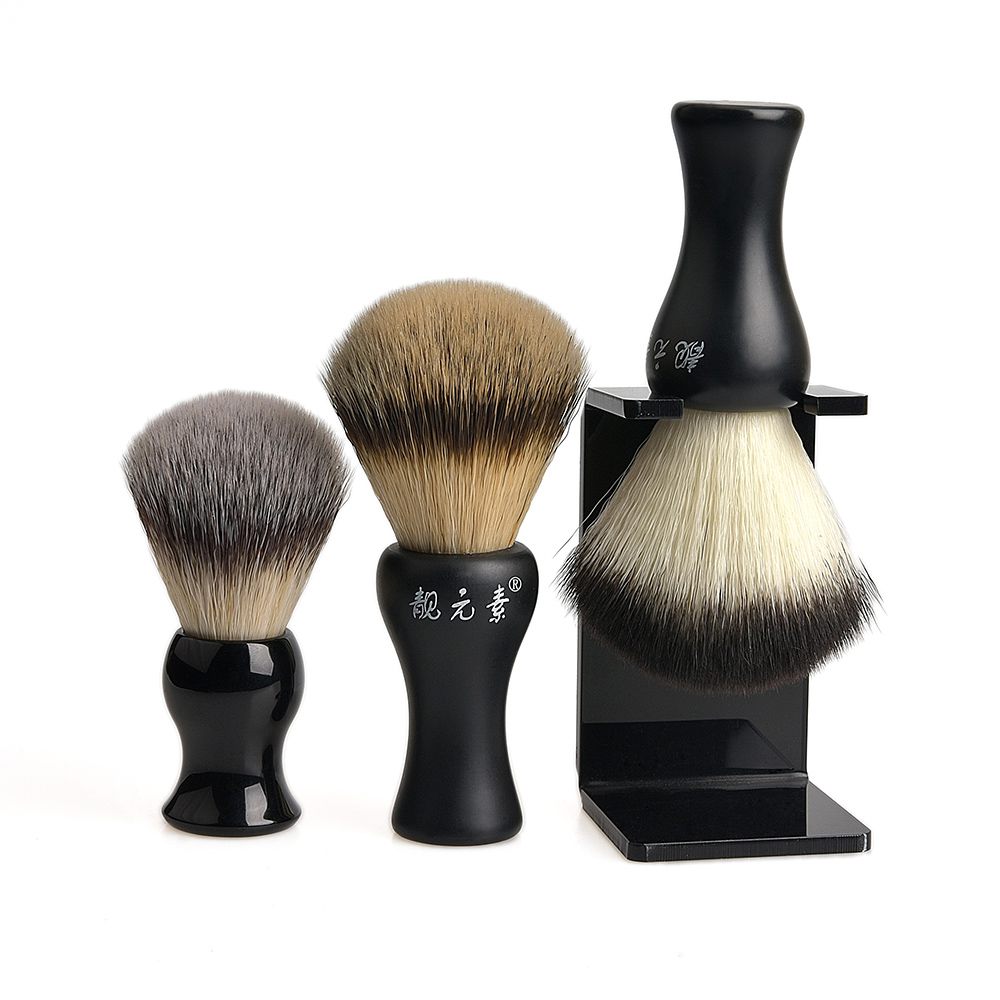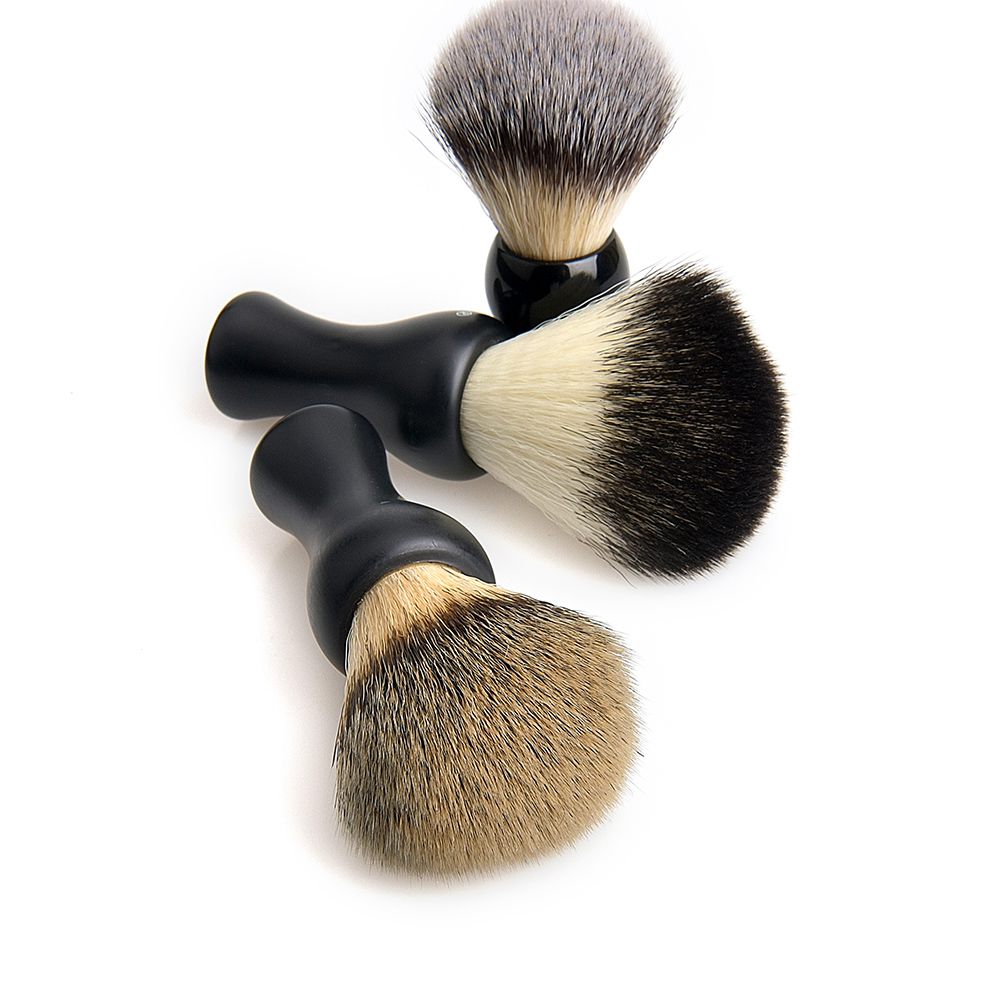Industry news
The Future of Shaving Brushes: Smart and Connected Designs on the Horizon
- 933 Views
- 2025-07-16 02:31:46
The Future of Shaving Brushes: Smart and Connected Designs on the Horizon
The humble shaving brush, a staple of grooming routines for centuries, is on the cusp of a technological revolution. As consumers increasingly seek personalized, data-driven experiences in every aspect of life—from fitness trackers to smart toothbrushes—the shaving industry is no exception. The next generation of shaving brushes is set to break free from tradition, integrating smart sensors, connectivity features, and advanced materials to redefine what a grooming tool can do.
Beyond Tradition: The Need for Innovation

Traditional shaving brushes, typically made with natural or synthetic bristles mounted on a wooden or plastic handle, excel at creating lather but offer little else. They lack feedback mechanisms, fail to adapt to individual skin types, and provide no insights into grooming habits. In an era where 78% of global consumers prioritize products that “learn and adapt to their needs” (per a 2023 GfK report), this static design is ripe for disruption. Smart shaving brushes aim to bridge this gap by merging time-tested craftsmanship with cutting-edge technology.
Key Innovations Shaping the Future
1. Sensor-Embedded Handles for Real-Time Feedback

At the heart of smart shaving brushes lies sensor technology. Miniaturized pressure sensors, embedded within the handle or bristle base, can detect how much force the user applies during shaving. Excessive pressure is a leading cause of skin irritation, nicks, and ingrown hairs—issues that 62% of men report facing (American Academy of Dermatology). By alerting users via haptic vibrations or app notifications when pressure is too high, these brushes actively prevent discomfort.
Additionally, moisture sensors could monitor lather consistency, ensuring the brush maintains optimal hydration levels for a smoother glide. For example, if the lather dries out mid-shave, the sensor might trigger a gentle vibration, prompting the user to reapply water or shaving cream.
2. App Connectivity for Personalized Grooming Insights
Pairing with a smartphone app transforms the shaving brush from a passive tool into an intelligent advisor. Post-shave, the app could analyze data collected during use—such as pressure distribution, shave duration, and bristle condition—to generate personalized recommendations. A user prone to irritation might receive tips to reduce strokes in sensitive areas, while someone with coarse facial hair could get lather thickness suggestions.
Long-term, the app could track trends, like seasonal changes in skin sensitivity, and adjust advice accordingly. Imagine your brush “remembering” that your skin is drier in winter and suggesting a richer shaving cream or a softer bristle setting—all tailored to your unique profile.
3. Advanced Materials: Where Craft Meets Durability
Smart features demand robust, lightweight materials. Manufacturers are experimenting with carbon fiber handles to house sensors without adding bulk, while synthetic bristle blends (like those developed by industry leaders) are being engineered for both flexibility and longevity. These bristles, treated with antimicrobial coatings, resist bacteria buildup—a common issue with traditional brushes—and extend product lifespan, aligning with the growing consumer focus on sustainability.
Some prototypes even incorporate self-cleaning mechanisms: UV-C light modules in the handle could activate post-use, sanitizing bristles and reducing the need for frequent deep cleaning.
Market Drivers and Consumer Demand
The rise of smart shaving brushes is fueled by two key trends: the “quantified self” movement, where individuals track and optimize daily habits, and the premiumization of grooming. The global men’s grooming market is projected to reach $81.2 billion by 2028 (Grand View Research), with consumers increasingly willing to invest in high-tech tools that deliver results and convenience.
Millennials and Gen Z, in particular, prioritize products that offer a “connected experience.” A 2024 survey by Mintel found that 54% of consumers aged 18–34 would pay more for a grooming tool that syncs with their smartphone to improve their routine. For brands, this represents an opportunity to differentiate in a crowded market by blending heritage (shaving as a ritual) with innovation (data-driven personalization).
Challenges and the Road Ahead
Despite their promise, smart shaving brushes face hurdles. Cost is a primary concern: integrating sensors and connectivity could raise prices, though economies of scale may mitigate this over time. Battery life is another challenge—users expect tools that last weeks on a single charge, requiring efficient, low-power tech like Bluetooth Low Energy (BLE).
There’s also the risk of overcomplicating a simple ritual. Shaving for many is a moment of calm; adding too many notifications or app steps could backfire. The solution lies in balance: smart features should enhance, not replace, the tactile pleasure of lathering and shaving.
Conclusion
The future of shaving brushes is not about abandoning tradition but elevating it. By combining artisanal bristle craftsmanship with smart sensors and connectivity, these tools will offer a new level of personalization and care. For manufacturers, this means reimagining the brush as a hub of grooming intelligence—one that understands skin, adapts to habits, and turns a daily task into a tailored experience. As technology continues to weave into every part of life, the smart shaving brush is poised to become an essential companion in the modern grooming arsenal.











